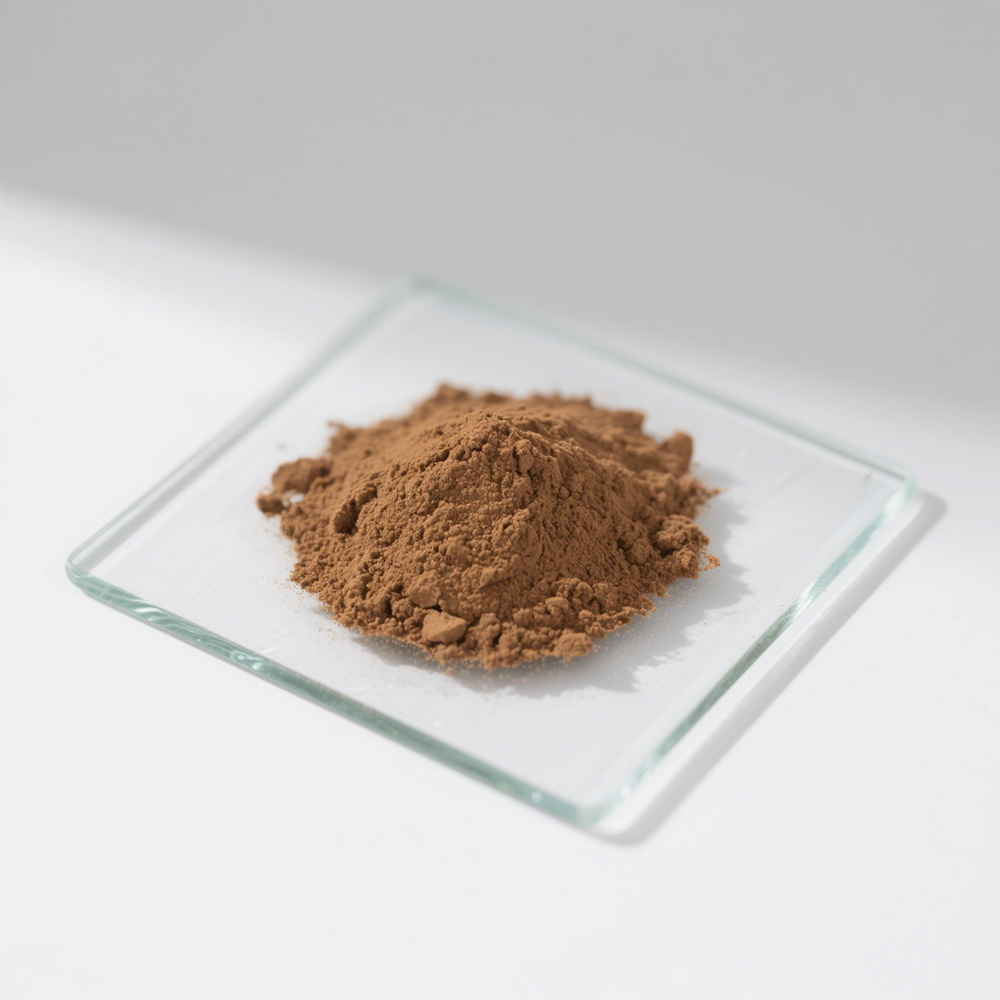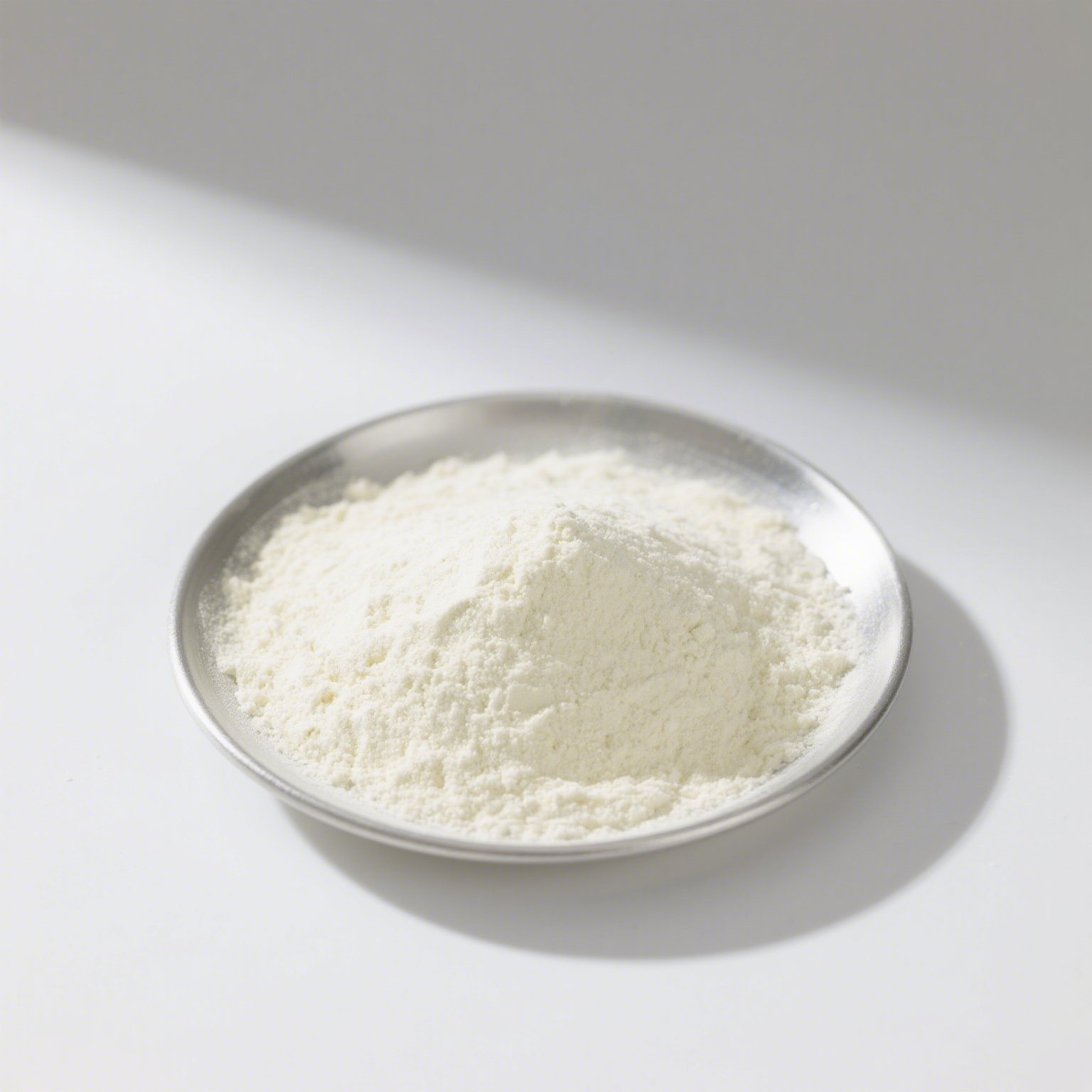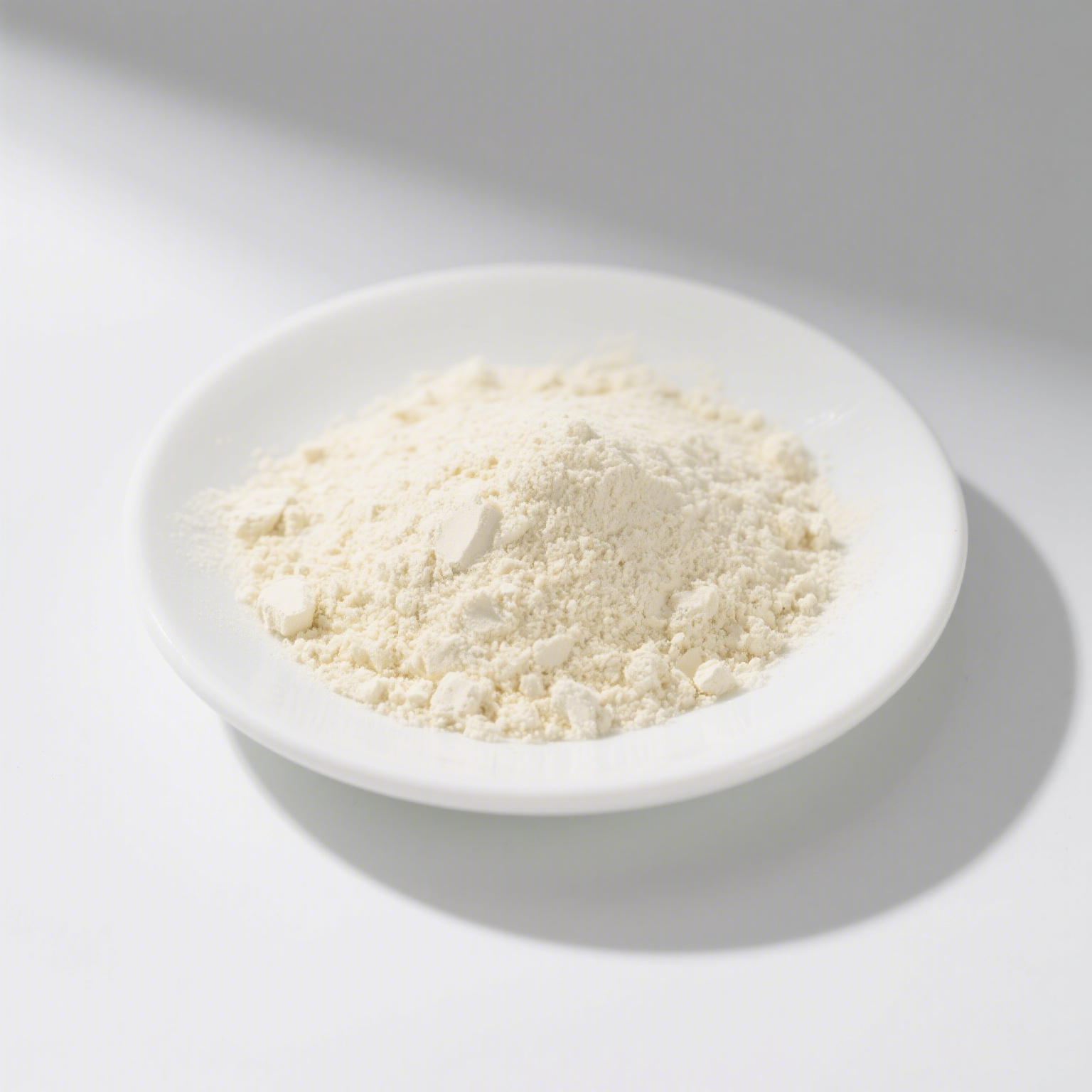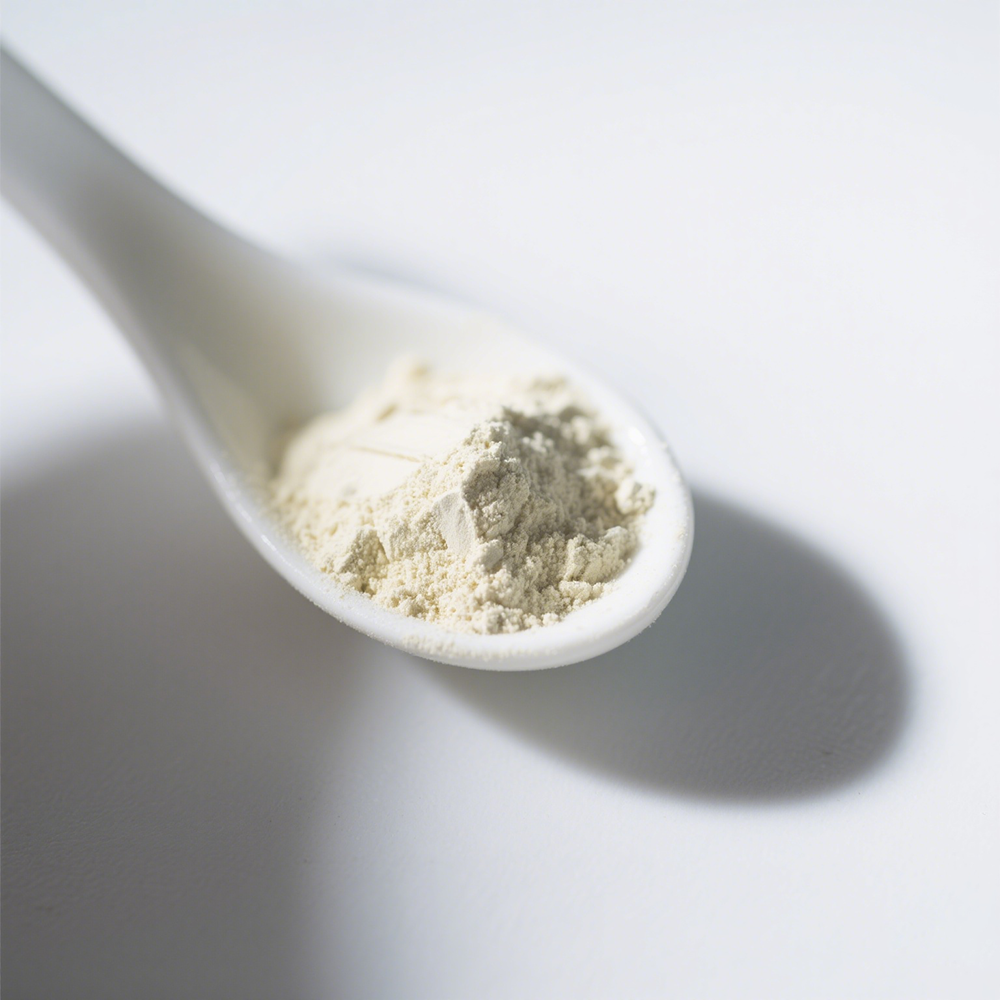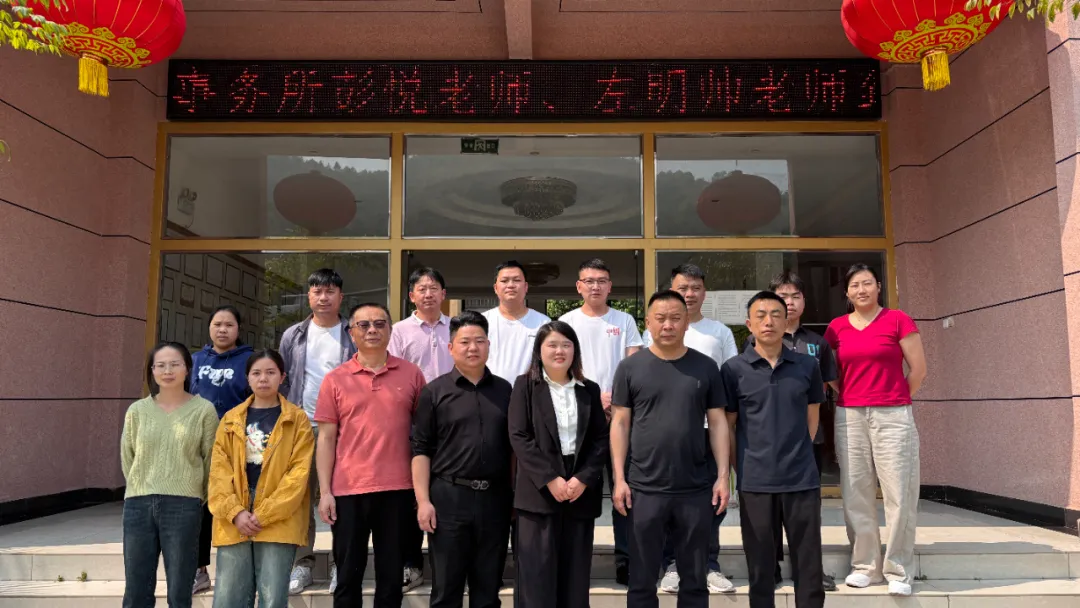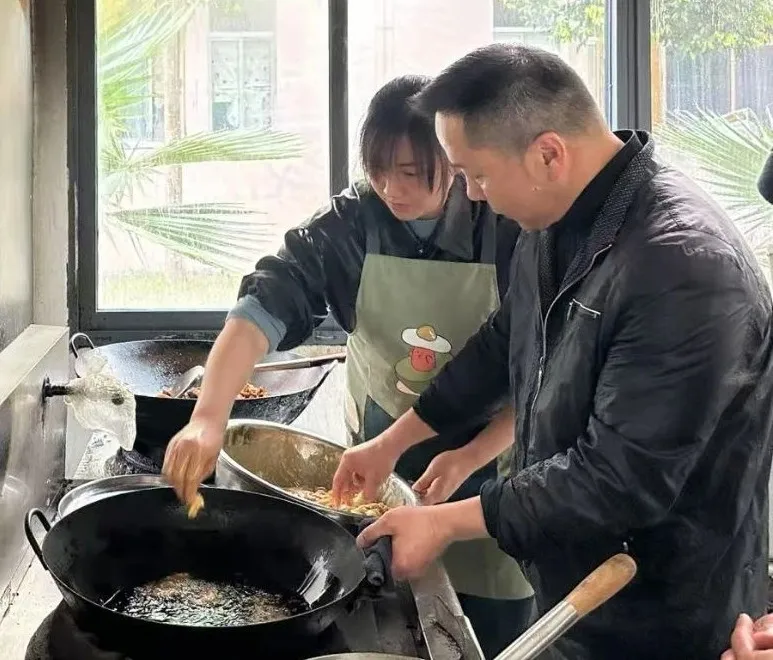Product Center
Mango extract
Mango extract is a natural active ingredient extracted from the fruit, leaves, peel, and kernel of the mango tree. Core components include mangiferin (a flavonoid glycoside), polyphenols (such as catechin and epicatechin), carotenoids, and vitamin C.
Asiaticoside
Asiaticoside is the core active ingredient of Centella asiatica (Centella asiatica) in the Apiaceae family, mainly containing asiaticoside, madecassoside and other pentacyclic triterpene esters. It has a wide range of pharmacological effects, exerting its efficacy by promoting fibroblast proliferation (collagen synthesis increased by 41.7%), inhibiting inflammatory pathways (such as NF-κB), and scavenging free radicals (DPPH scavenging rate up to 85%). Modern extraction techniques such as flash extraction can significantly enhance its anti-tumor activity, inducing apoptosis of tumor cells by activating the Bax/Caspase-3 pathway, with an inhibition rate exceeding 50% in a lung cancer model.
ecdyson
Ecdysone is a naturally occurring steroid compound widely found in insects, plants (such as water dropwort), and microorganisms. Its core structure is a dammarane-type tetracyclic triterpenoid skeleton, modified by glycosylation to form bioactive compounds. As a key regulator of insect growth and development, ecdysone activates the ecdysone receptor (EcR), initiating a cascade reaction that induces insect molting and metamorphosis.
Total saponins of Panax notoginseng
Panax Notoginseng Saponins (PNS) are natural active ingredients extracted from the roots and stems of Panax notoginseng, a plant in the Araliaceae family. They mainly contain more than ten triterpene saponins, including ginsenosides Rg1, Rb1, Rd, and notoginsenoside R1. Its core pharmacological effects include: improving microcirculation by inhibiting platelet aggregation and regulating vascular endothelial function; clearing free radicals and enhancing SOD activity to resist oxidative stress; and inhibiting the NF-κB inflammatory pathway to reduce the release of pro-inflammatory factors such as TNF-α. Studies have shown that PNS can also induce apoptosis by blocking the tumor cell cycle (such as the S phase), and significantly inhibit angiogenesis of the chick chorioallantoic membrane in angiogenesis models.
Panax notoginseng leaf extract
Sanqi leaf extract is a natural active ingredient extracted from the stems and leaves of Panax notoginseng (Araliaceae). Its core components are total saponins of Sanqi leaf (mainly 20 (S)-protopanaxadiol saponins such as ginsenosides Rb3, Rb1, and Rc), as well as flavonoids (such as quercetin-3-O-rutinoside) and polysaccharides. It exhibits significant pharmacological activities, including sedation and tranquilization (by inhibiting the central nervous system to prolong sleep time and improve symptoms of neurasthenia, with a total effective rate of 88.8%), anti-myocardial ischemia (reducing myocardial cell damage and improving electrocardiogram changes), lipid-lowering (reducing serum total cholesterol and triglyceride levels), antioxidant (scavenging free radicals and enhancing SOD activity), and anti-tumor effects (inhibiting the proliferation of various cancer cell lines such as glioma and pancreatic cancer).
Tribulus saponin
Panax Notoginseng Triol Saponins (PNTS) are triterpene saponins extracted from Panax notoginseng (Araliaceae). The core components are ginsenosides Rg1, R1, and Rb1. Their chemical structure is based on protopanaxadiol as the aglycone, exhibiting significant lipid solubility and biological activity. Pharmacological studies show that PNTS protects the cardiovascular system by inhibiting platelet aggregation (IC50=23.7μM), promoting the release of nitric oxide (NO) in vascular endothelial cells, scavenging free radicals (DPPH scavenging rate of 82.3%), and regulating the NF-κB inflammatory pathway.
Mango extract
Mango extract is a natural active ingredient extracted from the fruit, leaves, peel, and kernel of the mango tree. Core components include mangiferin (a flavonoid glycoside), polyphenols (such as catechin and epicatechin), carotenoids, and vitamin C.
Asiaticoside
Asiaticoside is the core active ingredient of Centella asiatica (Centella asiatica) in the Apiaceae family, mainly containing asiaticoside, madecassoside and other pentacyclic triterpene esters. It has a wide range of pharmacological effects, exerting its efficacy by promoting fibroblast proliferation (collagen synthesis increased by 41.7%), inhibiting inflammatory pathways (such as NF-κB), and scavenging free radicals (DPPH scavenging rate up to 85%). Modern extraction techniques such as flash extraction can significantly enhance its anti-tumor activity, inducing apoptosis of tumor cells by activating the Bax/Caspase-3 pathway, with an inhibition rate exceeding 50% in a lung cancer model.
ecdyson
Ecdysone is a naturally occurring steroid compound widely found in insects, plants (such as water dropwort), and microorganisms. Its core structure is a dammarane-type tetracyclic triterpenoid skeleton, modified by glycosylation to form bioactive compounds. As a key regulator of insect growth and development, ecdysone activates the ecdysone receptor (EcR), initiating a cascade reaction that induces insect molting and metamorphosis.
Total saponins of Panax notoginseng
Panax Notoginseng Saponins (PNS) are natural active ingredients extracted from the roots and stems of Panax notoginseng, a plant in the Araliaceae family. They mainly contain more than ten triterpene saponins, including ginsenosides Rg1, Rb1, Rd, and notoginsenoside R1. Its core pharmacological effects include: improving microcirculation by inhibiting platelet aggregation and regulating vascular endothelial function; clearing free radicals and enhancing SOD activity to resist oxidative stress; and inhibiting the NF-κB inflammatory pathway to reduce the release of pro-inflammatory factors such as TNF-α. Studies have shown that PNS can also induce apoptosis by blocking the tumor cell cycle (such as the S phase), and significantly inhibit angiogenesis of the chick chorioallantoic membrane in angiogenesis models.
Panax notoginseng leaf extract
Sanqi leaf extract is a natural active ingredient extracted from the stems and leaves of Panax notoginseng (Araliaceae). Its core components are total saponins of Sanqi leaf (mainly 20 (S)-protopanaxadiol saponins such as ginsenosides Rb3, Rb1, and Rc), as well as flavonoids (such as quercetin-3-O-rutinoside) and polysaccharides. It exhibits significant pharmacological activities, including sedation and tranquilization (by inhibiting the central nervous system to prolong sleep time and improve symptoms of neurasthenia, with a total effective rate of 88.8%), anti-myocardial ischemia (reducing myocardial cell damage and improving electrocardiogram changes), lipid-lowering (reducing serum total cholesterol and triglyceride levels), antioxidant (scavenging free radicals and enhancing SOD activity), and anti-tumor effects (inhibiting the proliferation of various cancer cell lines such as glioma and pancreatic cancer).
Tribulus saponin
Panax Notoginseng Triol Saponins (PNTS) are triterpene saponins extracted from Panax notoginseng (Araliaceae). The core components are ginsenosides Rg1, R1, and Rb1. Their chemical structure is based on protopanaxadiol as the aglycone, exhibiting significant lipid solubility and biological activity. Pharmacological studies show that PNTS protects the cardiovascular system by inhibiting platelet aggregation (IC50=23.7μM), promoting the release of nitric oxide (NO) in vascular endothelial cells, scavenging free radicals (DPPH scavenging rate of 82.3%), and regulating the NF-κB inflammatory pathway.
Mango extract
Mango extract is a natural active ingredient extracted from the fruit, leaves, peel, and kernel of the mango tree. Core components include mangiferin (a flavonoid glycoside), polyphenols (such as catechin and epicatechin), carotenoids, and vitamin C.
Asiaticoside
Asiaticoside is the core active ingredient of Centella asiatica (Centella asiatica) in the Apiaceae family, mainly containing asiaticoside, madecassoside and other pentacyclic triterpene esters. It has a wide range of pharmacological effects, exerting its efficacy by promoting fibroblast proliferation (collagen synthesis increased by 41.7%), inhibiting inflammatory pathways (such as NF-κB), and scavenging free radicals (DPPH scavenging rate up to 85%). Modern extraction techniques such as flash extraction can significantly enhance its anti-tumor activity, inducing apoptosis of tumor cells by activating the Bax/Caspase-3 pathway, with an inhibition rate exceeding 50% in a lung cancer model.
ecdyson
Ecdysone is a naturally occurring steroid compound widely found in insects, plants (such as water dropwort), and microorganisms. Its core structure is a dammarane-type tetracyclic triterpenoid skeleton, modified by glycosylation to form bioactive compounds. As a key regulator of insect growth and development, ecdysone activates the ecdysone receptor (EcR), initiating a cascade reaction that induces insect molting and metamorphosis.
Total saponins of Panax notoginseng
Panax Notoginseng Saponins (PNS) are natural active ingredients extracted from the roots and stems of Panax notoginseng, a plant in the Araliaceae family. They mainly contain more than ten triterpene saponins, including ginsenosides Rg1, Rb1, Rd, and notoginsenoside R1. Its core pharmacological effects include: improving microcirculation by inhibiting platelet aggregation and regulating vascular endothelial function; clearing free radicals and enhancing SOD activity to resist oxidative stress; and inhibiting the NF-κB inflammatory pathway to reduce the release of pro-inflammatory factors such as TNF-α. Studies have shown that PNS can also induce apoptosis by blocking the tumor cell cycle (such as the S phase), and significantly inhibit angiogenesis of the chick chorioallantoic membrane in angiogenesis models.
Panax notoginseng leaf extract
Sanqi leaf extract is a natural active ingredient extracted from the stems and leaves of Panax notoginseng (Araliaceae). Its core components are total saponins of Sanqi leaf (mainly 20 (S)-protopanaxadiol saponins such as ginsenosides Rb3, Rb1, and Rc), as well as flavonoids (such as quercetin-3-O-rutinoside) and polysaccharides. It exhibits significant pharmacological activities, including sedation and tranquilization (by inhibiting the central nervous system to prolong sleep time and improve symptoms of neurasthenia, with a total effective rate of 88.8%), anti-myocardial ischemia (reducing myocardial cell damage and improving electrocardiogram changes), lipid-lowering (reducing serum total cholesterol and triglyceride levels), antioxidant (scavenging free radicals and enhancing SOD activity), and anti-tumor effects (inhibiting the proliferation of various cancer cell lines such as glioma and pancreatic cancer).
Tribulus saponin
Panax Notoginseng Triol Saponins (PNTS) are triterpene saponins extracted from Panax notoginseng (Araliaceae). The core components are ginsenosides Rg1, R1, and Rb1. Their chemical structure is based on protopanaxadiol as the aglycone, exhibiting significant lipid solubility and biological activity. Pharmacological studies show that PNTS protects the cardiovascular system by inhibiting platelet aggregation (IC50=23.7μM), promoting the release of nitric oxide (NO) in vascular endothelial cells, scavenging free radicals (DPPH scavenging rate of 82.3%), and regulating the NF-κB inflammatory pathway.
ABOUT US
Yunnan Runjia Pharmaceutical Co., Ltd.
The company was formerly Yunnan Hualian Yunfeng Biological Pharmaceutical Co., Ltd., established in 1992. It was officially renamed and established in October 2012. It is located in Funing County, Yunnan Province, the only county in the province located at the intersection of the Pan-Pearl River Delta Cooperation Region, the Beibu Gulf Economic Zone, and the China-ASEAN Free Trade Area.
Company founded
Existing employees
Production base

Blog
Anti-counterfeiting Query
Sales Business Inquiry:
13887655205(Li Yalong) |15750393563(Duan Chunmei)
Adverse Reaction Feedback
If you have any need, please give us a message, we will contact you in the first time




